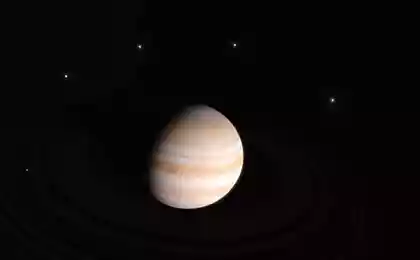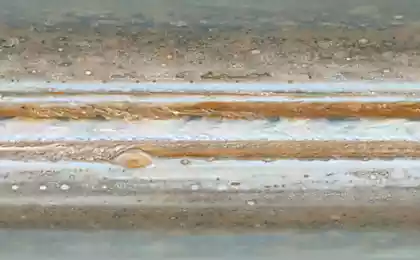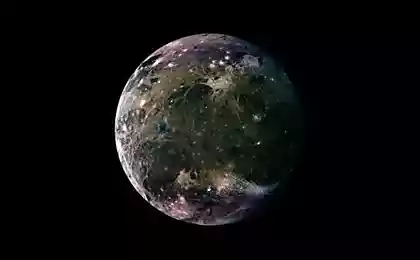849
Dark spots on Europe can be darkened sea salt
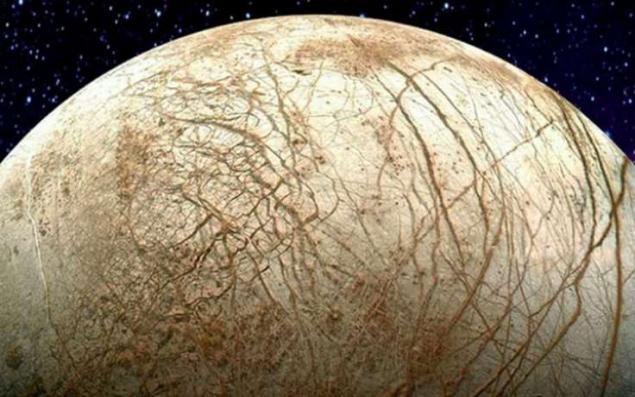
It seems that the issue of temnymy spots on the surface of Jupiter's moon brightens. Scientists from the NASA theorized , that these spots - salt, which reacts with high-energy cosmic radiation. The results of this study have been published in the prestigious journal Geophysical Research Letters.
The scientists tested their theory in the world, trying to simulate the conditions in Europe. To this end, the specialists were placed in a separate capsule ordinary table salt (NaCl), lowered the temperature in the capsule to -173 degrees, and subjected to electron bombardment. This salt is beginning to get dark, and the more it was irradiated, the greater was noticeable darkening.
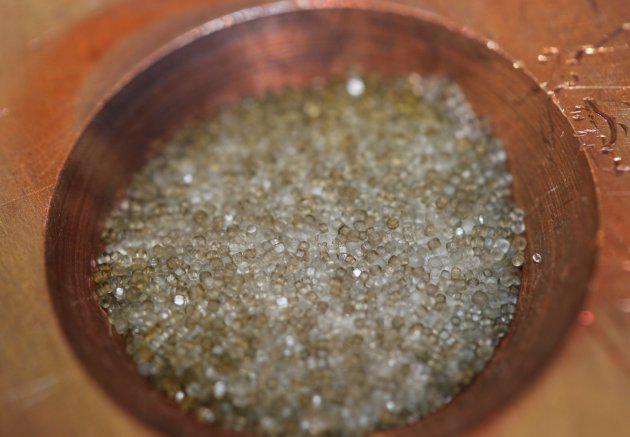
According to experts from NASA, salt on the surface of Europa falls through the cracks in the ice that covers the moon of Jupiter. Radiation also comes from outer space, the particles are accelerated by the magnetic field of the gas giant. Now scientists have even proposed a method of determining the age of the salt stains, having studied the speed of darkening NaCl using its installation.

Currently, the most common theory of the structure of Europe states that the surface of Jupiter's moon covered many kilometers thick ice and under the ice - liquid water, perhaps the ocean. The water, at least some of the layers can even be warm for several reasons (Europe and gravitational interaction Jupiter, for example). In NASA is developing a project on the study of the ocean ice. One of these projects is robot eel .
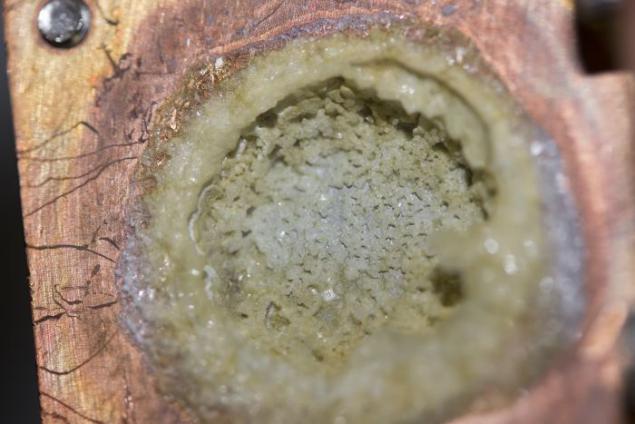
As for the dark spots, they were discovered in the late 20th century, when studying images sent back to Earth station Galileo. While scientists have theories to explain the origin of the spots of sulfur and magnesium, which fell on Europe from Io.
Source: geektimes.ru/post/250386/

